Comprehending the Custom House Concept
Constructing a custom house is a remarkable experience that enables people to design a living area that suits their own tastes and requirements. Custom homes, as opposed to conventional ones, provide homeowners more freedom in terms of layout, style, and material choices, enabling them to realise their dreams. This idea places a strong emphasis on customisation, making sure that every detail represents the owner’s preferences and practical needs.
A Custom House: What Is It?
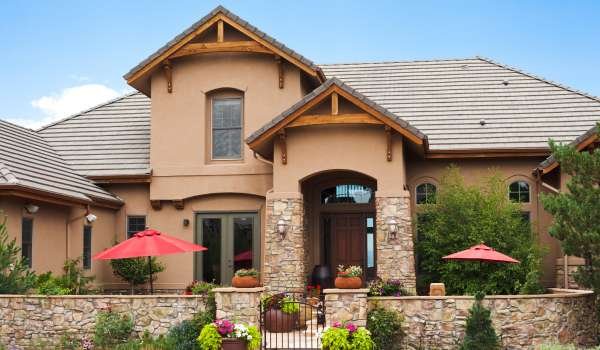
A residential building that is especially planned and constructed to the homeowner’s requirements is known as a bespoke house. In contrast, houses that are built using standard designs are known as pre-designed or spec homes. Custom homes allow homeowners to have a say in everything from the building materials to the architectural arrangement and design. The ultimate objective is to create a room that complements the owner’s aesthetic tastes and way of life.
Advantages of Custom Home Construction
There are several advantages to building a bespoke home. The freedom to design a room that suits your unique lifestyle is among the most alluring benefits. Customisation enables you to satisfy your preferences, whether you want a comfortable hideaway for peaceful contemplation or an open-concept plan for entertainment. Additionally, ecological materials and energy-efficient features are often included into bespoke houses, resulting in long-term savings and a lesser environmental impact.
Selecting the Ideal Site for Your Custom Home

It’s crucial to choose the ideal site for your new home. In addition to fitting your lifestyle, the location you choose should eventually raise the value of your house. Important things to think about are the neighborhood’s general atmosphere and the ease of access to facilities, schools, and places of employment. Some people may like the calm lakeside setting, while others would rather experience the energetic bustle of the city.
Discovering Your Ideal Storyline
The search for your perfect plot starts as soon as you’ve decided on a place. To find available land, use local realtors, go through community listings, and use internet real estate platforms. Be open-minded since your ideal storyline may not seem ideal at first; a little imagination may turn even the most ordinary setting into a haven.
Factors to Take Into Account When Choosing a Site
A number of important factors must be taken into account while choosing a site. Examine the land’s topography since sloping or uneven ground might be problematic for development. Additionally, consider exposure to natural light and any obstructions such as surrounding buildings or huge trees. Finally, because these elements will affect the viability of your custom home, assess the local infrastructure, such as the water and sewage systems.
Knowing the Rules and Regulations Regarding Zoning
Learn about the zoning rules and restrictions in your area before starting any building. On a given piece of land, these legal frameworks specify what may and cannot be constructed. Zoning regulations include a variety of topics, such as setback limits, building height, and property size. Ignoring these rules may result in expensive delays or perhaps legal issues.
Creating a Custom Home Design
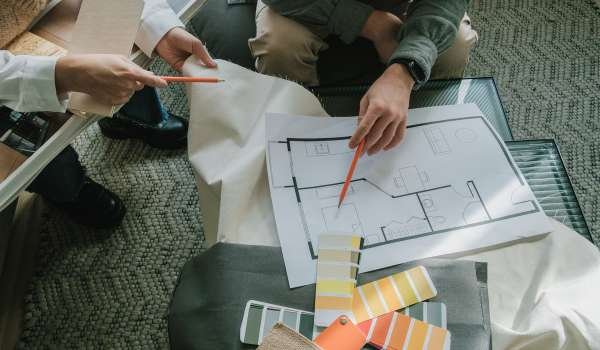
Your concept really comes to life during the design stage. This phase entails converting your concepts into architectural designs and blueprints. Talk to designers and architects to investigate other layouts, materials, and design philosophies that fit your goals.
Developing an Idea for Your House
It’s crucial to have a unified vision for your house. Think about your way of life and how you want to use the area. Do you need a large kitchen for entertaining or a home office for working remotely? Write down your aesthetic preferences and must-have features; they will act as a roadmap for the design process.
Important Elements to Incorporate into Your Design
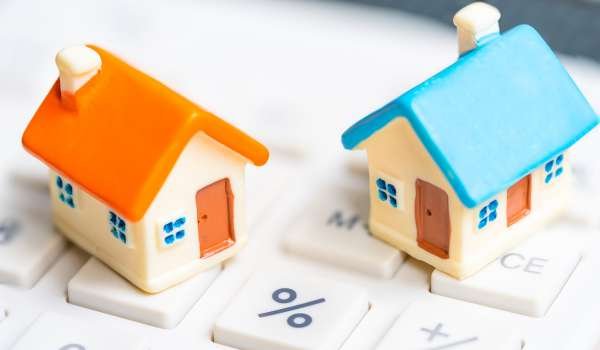
It’s critical to include necessary elements that improve comfort and functionality while constructing your own home. These might include well-thought-out room arrangements that encourage movement, plenty of storage options, and energy-efficient windows. Give top priority to characteristics that will improve the convenience and enjoyment of everyday living.
Selecting a Style: Traditional, Rustic, or Modern
Your custom home’s overall ambiance is greatly influenced by its architectural style. Choosing a style that appeals to you is essential, regardless of whether you like the classic elegance of traditional building, the warmth of rustic aesthetics, or the clean lines of contemporary design. This decision will affect the interior design and finishing in addition to the external look.
Working together with designers and architects

Working together is essential while designing. Collaborate closely with designers and architects who are able to realise your idea. Give them your thoughts, tastes, and any motivational pictures that perfectly capture the style you want. Maintaining open lines of communication helps guarantee that your custom home captures your own style and way of living.
Choosing Appropriate Experts
It’s crucial to choose the proper experts to help you construct your dream home. To locate trustworthy architects, builders, and contractors, do extensive study. Ask friends or relatives who have completed comparable tasks for advice, and look up internet reviews to get a sense of other people’s experiences.
Searching for an Architect Who Shares Your Vision
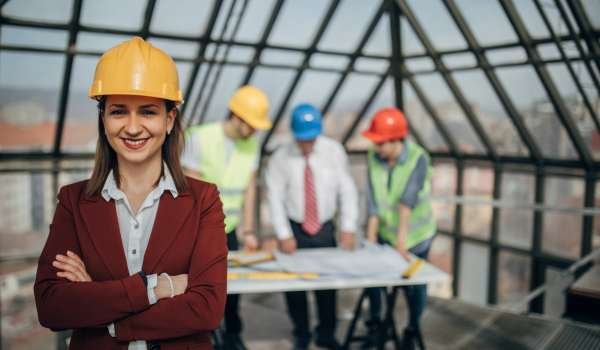
Your main ally in making your dream home a reality is an architect. Seek for a candidate that has a thorough comprehension of your concept and whose portfolio matches your aesthetic tastes. In addition to helping you design your house, a competent architect will also assist you understand building standards and regulations, which will make the construction process go more smoothly.
Collaborating with contractors and builders
To carry out your concept after the design stage is over, you will need to collaborate with builders and contractors. These experts will manage the building process and make sure your custom home is constructed in accordance with the blueprints. To keep things moving forward and deal with any obstacles that may arise, it is essential to communicate clearly and provide frequent updates.
Creating a Budget

One of the most important parts of designing a custom house is creating a budget. Create a thorough budget that covers all building-related costs, such as supplies, labour, permits, and unforeseen charges. You can prevent overpaying and make sure you can finish your project without experiencing financial hardship by having a thorough financial strategy.
Calculating Expenses: Supplies, Work, and Licenses
Successful budgeting requires a deep understanding of expenses. Examine the expenses of the supplies you’ll need, such as roofing, fixtures, and timber, and take labour costs into account, since they may differ depending on where you live. Permits and inspection costs should also be taken into account, since they have a big influence on your entire spending plan.
How to Establish a Reasonable Spending Limit for Your Custom Home
Prioritise your spending and take your financial status into account while creating a realistic budget. Determine which areas you want to spend more on for quality and which ones you are ready to sacrifice on. You can build a stunning custom home without going over your budget if you take a balanced approach.
Options for Financing Your Custom Home
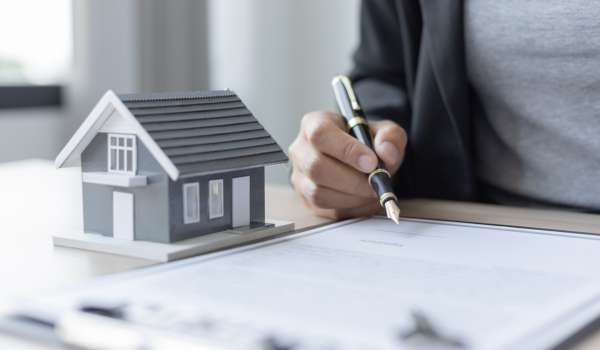
To finance a custom home, you must investigate your financing choices. There are other options, including as conventional mortgages, construction loans, and even government initiatives aimed at helping homeowners. Examine each choice thoroughly to see which best suits your objectives and financial status.
Getting Around the Construction Process
Although the building process may seem overwhelming, being aware of its stages may help allay your fears. Every stage, from starting construction to conducting final inspections, calls for meticulous preparation and supervision. To keep the project on track, get familiar with the schedule and milestones.
Recognising the Construction Phases
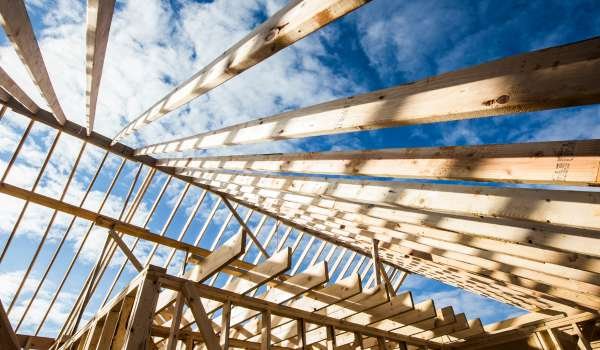
Site preparation, foundation work, framing, and final touches are some of the several stages that construction usually goes through. Be ready to interact with a variety of specialists at each step, since each one calls for distinct abilities and knowledge. Open communication and frequent site inspections will guarantee that your custom home is developing according to schedule.
Expectations for Every Stage
Certain chores will be completed throughout each stage of building, bringing your vision closer to completion. For example, the framing phase builds the structural skeleton of your house, while the foundation phase establishes the framework. Being aware of what to anticipate will keep you informed and involved at every stage.
Advice on Maintaining Your Schedule

It might be difficult to keep to a timetable while building. Give your contractors precise deadlines and keep the lines of communication open. Frequent check-ins may aid in the early detection of any delays, enabling prompt modifications to maintain project momentum.
Customising Your Own Home
What really makes a bespoke home uniquely yours is personalisation. Spend some time choosing fittings and interior finishes that complement your own style. Think about the materials, hues, and textures that create the atmosphere you want. A unified and welcoming atmosphere will result from this attention to detail.
Choosing Fixtures and Interior Finishes

Your custom home may become a home with the correct fixtures and interior finishes. Every choice, from plumbing and lighting fixtures to flooring and cabinets, adds to the overall design. To locate the ideal components for your area, investigate your alternatives, consult experts, and visit showrooms.
Selecting Features That Use Less Energy
Including energy-efficient features is a smart financial and environmental investment. To reduce energy usage, use sustainable materials, high-quality insulation, and energy-efficient equipment. Making these decisions will eventually result in cheaper utility costs as well as a smaller carbon imprint.
Creating a Custom Home’s Landscape
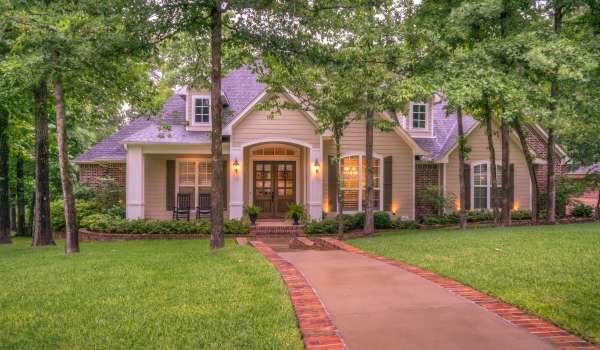
Your custom home’s exterior is just as significant as its inside. Carefully planned landscaping improves curb appeal and makes the outside area welcoming. Select plants that do well in your surroundings while taking the local climate into account. To improve utility, include hardscaping features like patios, pathways, and outdoor sitting places.
Making a Space Outside That You’ll Love
An outside area may provide a peaceful haven and increase the size of your living space. Whether you want a garden to cultivate herbs, a play area for kids, or a warm fire pit for gatherings, design your outdoor space to fit your lifestyle. Your bespoke home will seem like a genuine haven if you personalise your outside area.
Last Actions Prior to Relocating

There are several important last measures to take as your custom home gets closer to completion. Make sure everything lives up to your expectations by doing a comprehensive tour. Take care of any last-minute concerns and complete things like interior design and landscaping.
Performing a Last Walkthrough
You may check the finished work and make sure it fits your vision during a final walkthrough. Make a note of any differences or places that need to be adjusted. By interacting with your builder at this stage, you can ensure that every element of your custom home is up to your expectations.
Getting Ready to Move
It’s time to be ready to relocate once your new home is finished. To make the procedure go more smoothly, make a moving checklist, arrange your possessions, and think about hiring movers with experience. These actions will guarantee a seamless move into your new home.
Learn More : What Is A Custom Home
In summary: Taking Pleasure in Your Custom Home
Building a bespoke home is an incredible journey that culminates in a space uniquely yours. Each phase, from site selection to collaboration with professionals and customization, plays a vital role in crafting a home that reflects your tastes and lifestyle. Once you settle in, celebrate this milestone by hosting a gathering to showcase your stunning new residence. Sharing your experience—from the initial planning to the final touches—can inspire others contemplating a similar path. Documenting your journey through social media or a blog can foster a community of dreamers and doers eager to embark on their own custom home adventures.
